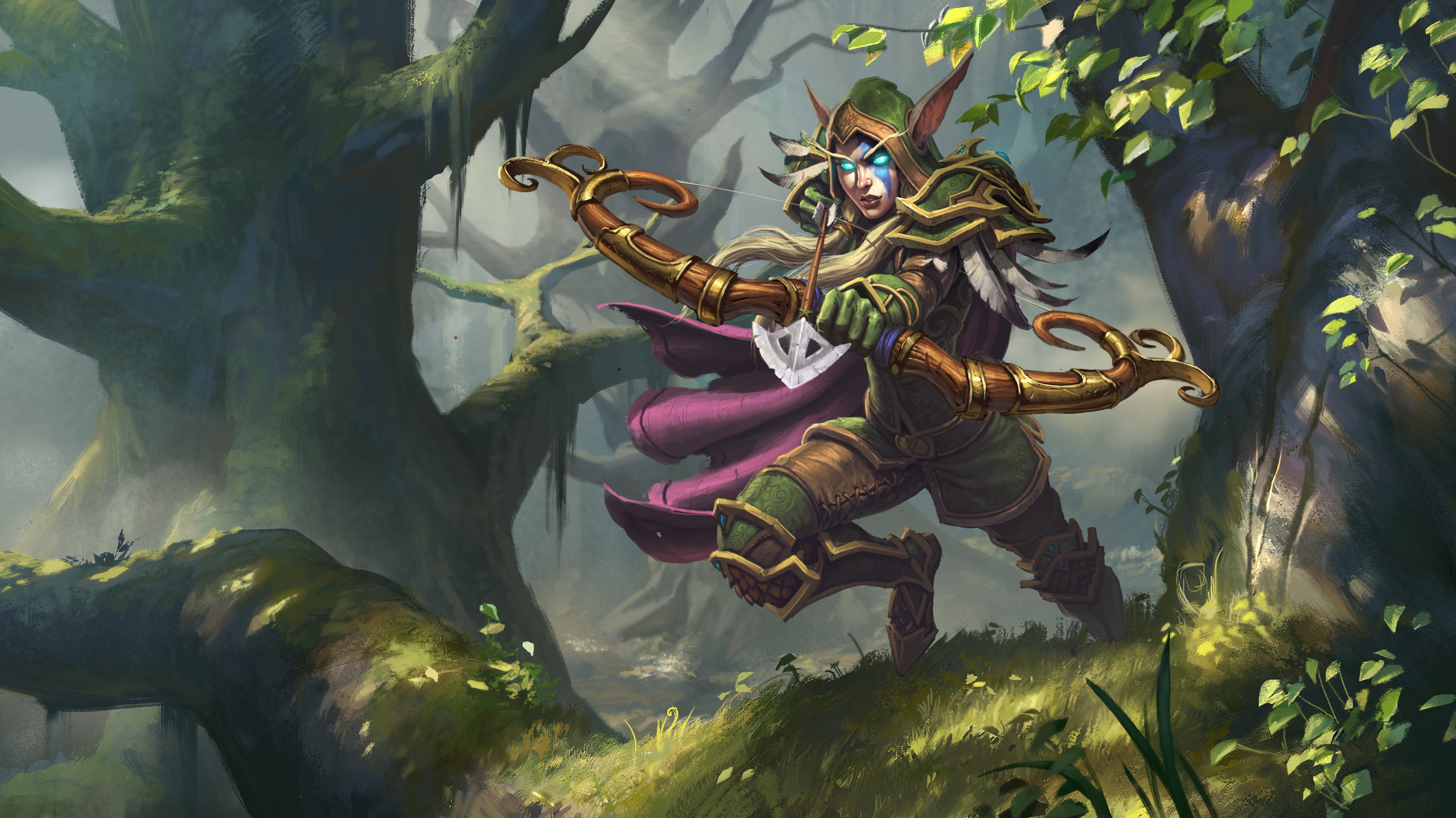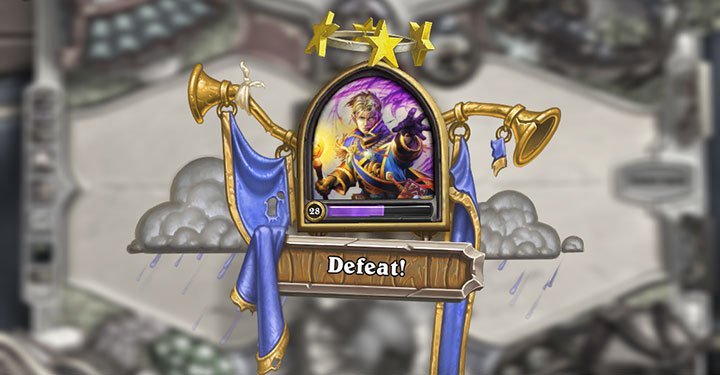Hi friends, cherylchalla here. This past weekend, I went to GGCon in Toronto and met both veteran and new Hearthstone players. After getting to know both sides of the community, here is a list of 10 things that I wish I knew when I first started playing Hearthstone.
I write this article in the best interest of those who are in their early days of their Hearthstone career. Looking back at the way I started my Hearthstone account back in 2014 and comparing it to the way I’m starting up my EU account today, there are many things that I realize I’m doing differently. I wish I had known these things earlier. I hope these nuggets of wisdom will help any of the newer players in our community, especially those who have yet to reach Legend! Without further ado…
1. It’s not worth it to throw all your Dust into one Legendary card
It really, really isn’t. Too many times have I heard the question, “I finally have 1600 Dust, which Legendary should I craft?”. I understand that Legendary cards are difficult to replace in optimized versions of decks. But having that Legendary card isn’t going to drastically improve your win rate and bring you over to Legend.
1600 Dust is 40 Commons, 16 Rares, 4 Epics, or 1 Legendary. Being able to use as many optimal cards as you can is going to give you a far better list than optimizing one slot out of 30. Until your collection is sizeable or you understand exactly what role the Legendary card plays in an optimized deck, don’t commit yourself to one Legendary.
In fact, thinking of how to fill up a deck without the recommended Legendary card(s) will probably drive you to think more about HOW the deck works and WHY it is needed in certain matchup. Which leads me to my second point...
2. Strive to have a full understanding of the decks you’re using
Stop net-decking if you aren’t thinking about why the deck was composed the way it was. (Casual TIY plug). Simply put, you can’t win if you don’t understand what the deck is trying to achieve and how you achieve it. Pro players who build wonderfully optimized decks tech their decks for the purposes of their own ladder situation. Unless your playstyle and MMR are exactly the same as the player you net decked from, give some thought to why some tech cards have been included, and decide whether or not this tech decision can apply to your own situation. It is true that the meta can be different at varying levels of the ladder.
Moreover, as I have emphasized in my TIY articles, if a player doesn’t understand why the deck was composed the way it was, the suboptimal plays that result will be the same as playing a suboptimal deck. Don’t be obsessed with other people’s lists as if that’s the secret to climbing. And when you’re playing around with your own lists, be pragmatic. If something isn’t working, it might not necessarily be bad plays that’s causing a list to fail. There could be something fundamentally wrong with the list or your tech choices just aren’t suitable for the decks you happen to be facing. The ability to be confident about understanding why and when certain lists work already wins you half the battle on the journey to Legend.
3. Getting a second perspective is invaluable, especially when you’re stuck at a rank
I don’t mean that you should then go ahead and buy expensive/premium coaching. Simply getting a friend who’s made it further along the ladder than you have to watch a few of your games is sometimes all you need. There’s probably a mistake that you’re constantly committing, just because you don’t realize you’re making the mistake in the first place. Someone else might be able to pick up on the things you haven’t been able to put your finger on as wrong. It’s like writing an essay. You’ve been staring at it for far too long and need a fresh set of eyes to look through it for mistakes, because you just can’t catch them anymore.
If, unfortunately, you’re already the best Hearthstone player you know, streams are the next best resource! It won’t be the same as getting a second perspective on a personal level, but if a streamer is consistently making plays that are different from the plays you would make, it could shed some light on what you’re doing wrong.
4. Playing on Casual mode isn’t going to get you anywhere as a player
Yes, even if you only play Hearthstone to play fun wombo combo decks, you should be playing in Ranked mode. If you’re going to be playing fun decks, why not learn how to play them in the most optimal way possible? Casual mode is far too forgiving and you won’t learn anything about your deck and how to optimize it.
There are others who play decks on Casual mode because they say they don’t care about ranking up and only want to complete the collection. If that’s the case...you can do the exact same thing in Ranked mode, learn MORE while you’re at it, and work toward a golden portrait over time!
For those who play on Casual because they have ladder anxiety/scared to lose a rank, you’re never going to improve if you continue to avoid the problem by just playing on Casual. I promise you that, even if you may lose a star or two, what you learn from games played on Ranked is very worth your while. It will help you climb faster in the future.
5. Keeping statistics on your matchups aren’t mandatory, but are helpful
In an article I wrote two weeks ago, I suggest that rather than asking which all-powerful deck you should use to get to Legend, the question should be, “With which deck do I have the best understanding of the match-ups?”. In every game, one player takes the role of the aggressor (or “Tempo” setter, the person who sets the pace of the game), while the other player takes a defensive, control role. The deck you’ve chosen to climb with is the deck you understand all the match-ups for. You know when to assume the aggressive role, when to play the control role, and under which circumstances this may change.
That being said, keeping statistics of your matches on the Ladder can show you your “weak spots”. For example, it’s great that you’re have a great win rate against one class, but why is your win rate against another class so low? Is there a natural disadvantage with the matchup? Even if there is one, how can you change your playstyle in that matchup such that it can better your win rate against that class?
Being able to identify the matchups you’re playing incorrectly could greatly improve your overall winrate on the Ladder. Especially when you’re pushing from Rank 5, where there are no more Bonus Stars, you’ll need to squeeze in every win you can get. Most importantly, after taking the stats, reflect after your games. Try not to blame a lost game on that one bad Shredder drop (I know, a Doomsayer can ruin a game, but this isn’t always the case), which leads to point 6….
6. RNG is but one factor
The game is laden with RNG. It’s a card game, I understand. Keep in mind, however, it’s some of the same people that make Top 100 Legend every season. That’s no coincidence. These players know how to play every game that gives them the best chance to win. You will most certainly play games where RNG just made it impossible for you to win. But it’s never the reason you’re stuck at a rank or, in general, can’t attain the Legend rank. Learn how to play to win.
7. Tempo vs. Value
Tempo and Value are perhaps the two most commonly thrown around terms...and they are also the two most misunderstood terms.
Let’s start with Tempo, derived from the Italian word for time. To make a Tempo play is to make a play that sets the pace of the game. This typically means being able to efficiently lay out your threats and forcing your opponents to react to your plays, usually in an inefficient manner. I cannot emphasize enough how much I wish I had understood the concept of Tempo in my early Hearthstone days. I no longer remember what kind of decks I was using when I was first started, but I remember being so obsessed with using my resources to clean up threats my opponents laid out. By doing that, I was never using my mana to counter pressure my opponents. I was always responding to them, never the other way around. Eventually, this meant that, in every game, I was always behind, making it difficult for myself to win.
While it is important to learn how to pressure your opponent with Tempo plays, other times, you’re playing cards for their full Value. Value means getting more “worth” out of your cards compared to your opponent. For example, when you use Big Game Hunter against an opponent’s Ragnaros, that’s value. They used 8 mana to play a creature, while you used 3 to kill the Ragnaros and, ideally, to swing the board back into your control. Since your cards are getting more “worth” compared to your opponent’s, you’ll typically end up with card advantage.
Now the question is, when do you play your cards for Value and when do you play them for Tempo? This depends entirely on the matchup (remember the discussion in Point 5 - are you the aggressor or the controller?) and your hand. My absolute favourite example is the usage of Sap versus a Druid. Sapping a minion that required an Innervate is usually the obvious play - that’s using one card (Sap) in exchange for two (minion + Innervate). However, what if it was a Piloted Shredder played without an Innervate? Do we Sap now and start setting the Tempo? Or save it later for full value on, perhaps, an Ancient of War? The answer to these questions depends entirely on your possible follow up plays - or your opponent’s! The question of using your cards for Tempo or for Value is one that I hope you’re constantly asking yourself.
8. Think a few turns ahead
This point ties in very closely with points 5, where we discuss the importance of understanding your role in matchups, and 7, deciding to play cards for Tempo or for Value. By thinking of what you can do a few turns from now, as well as what your opponent could potentially do, you can decide your role and how to use your cards with more ease. This can also help you play around a devastating loss of board control to AoE or taking too much blowback, leading to dying a turn or two from now.
9. Expose yourself to as many decks as possible
While focusing on one deck at a time can help you master the deck, being on “the other side” has been incredibly helpful in understanding how to read my opponent’s hands, based on their plays. Most importantly, it helps you become familiarized with the win conditions of other decks and what they need to do to achieve that. Once you have that knowledge, you’ll have the power to make it as inconvenient for them to achieve that win condition as possible.
10. It’s normal to lose
When you first start playing Hearthstone, it’s okay to experiment. Whether you’re experimenting with playstyle or deck lists, it’s all worth your while. I’ll admit, I had no absolutely no idea what I was doing. To this day, I can say I’m still doing some blind experimentation, in order to further my understanding of the game. Experimentation that produces great results will bring you a step closer toward being a great player. Poor results are even better; they tell you what to avoid, so you no longer hinder yourself from getting better.
Even when you’re not experimenting, it’s absolutely okay to make mistakes. Everyone makes them. Everyone loses games every now and then. The best way to move on from misplays is to forgive yourself, then note it so that it doesn’t happen again. If you’re busy being disheartened about your mistakes, you won’t be able to take in the full lesson that you can learn from the situation. Corny as it sounds, with every mistake made, you’re becoming a better player overall.
Ultimately, I would tell my past self, “You’ll make it; just keep having fun with the game!” Good luck with the new season, everyone!
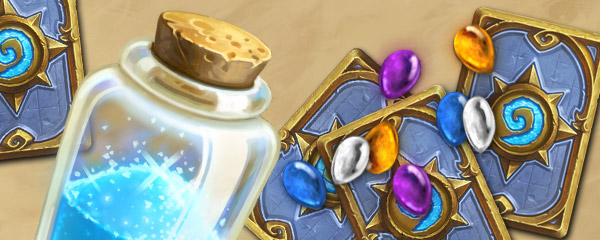
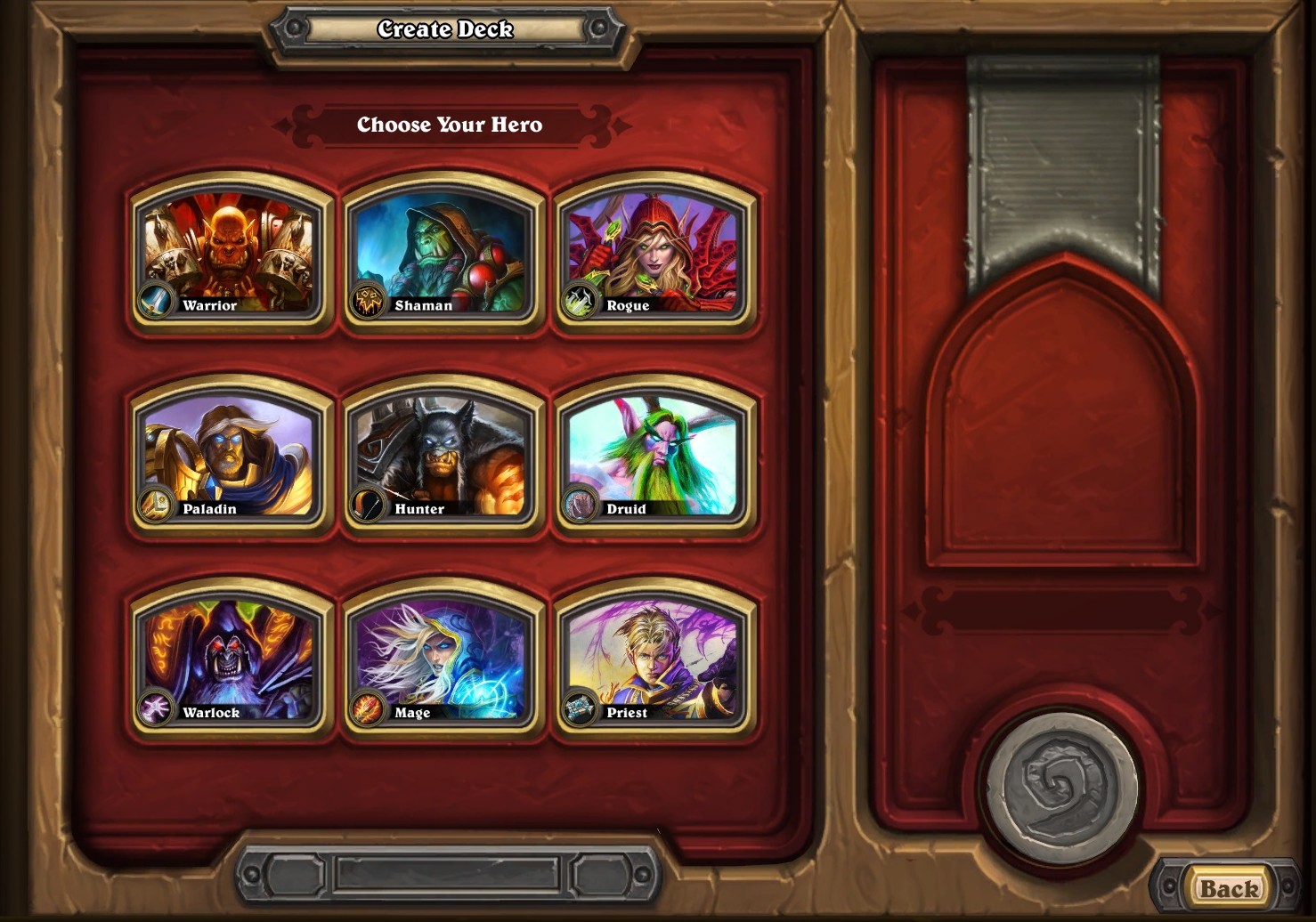
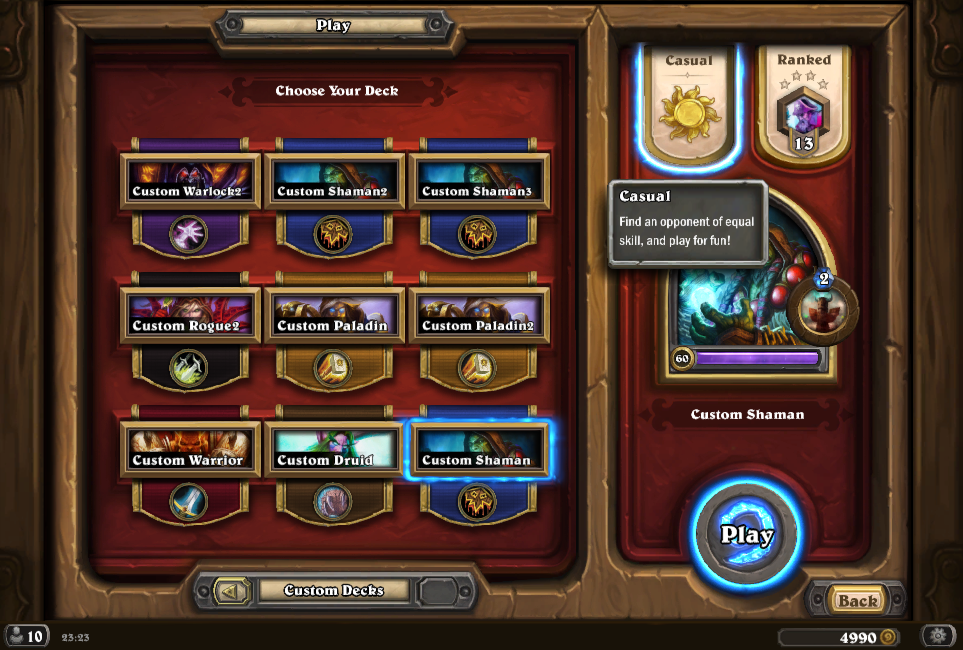
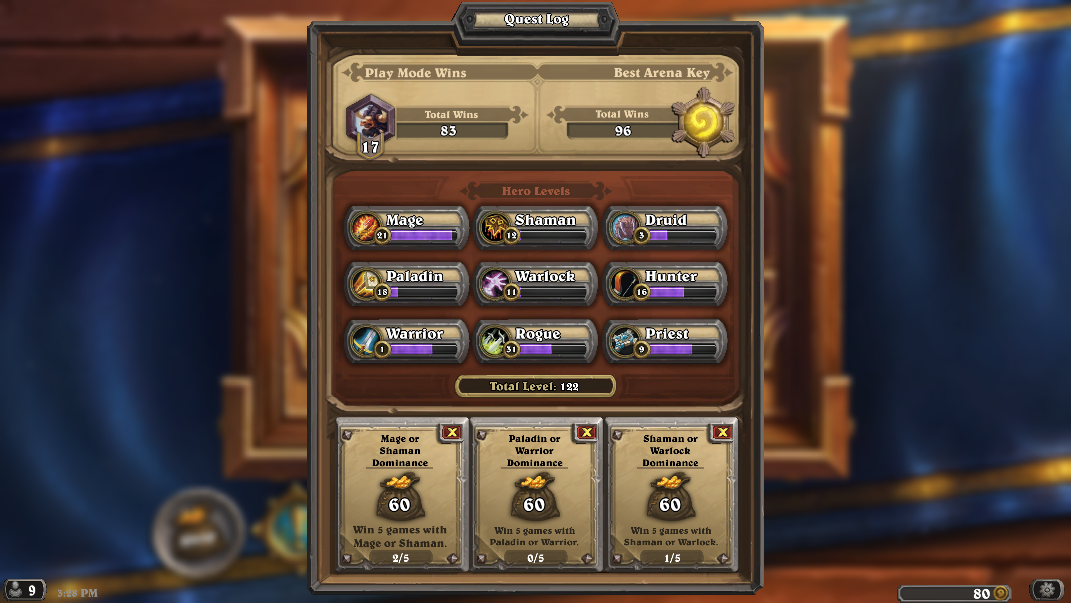
_png/184px-Mad_Bomber(80)-version-7a14a3cc080e6c3888c760c3f211e6c7.png)

